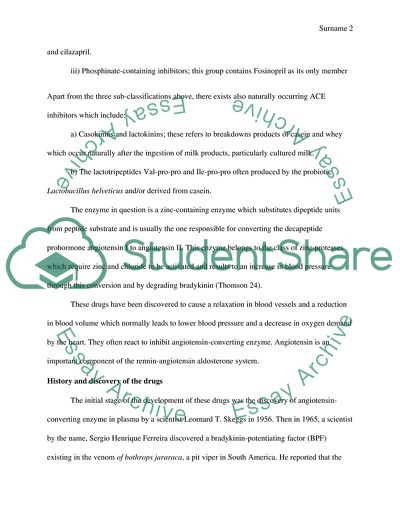Cite this document
(Modern Concept of Mechanism of Pharma Dynamic Action ACE Inhibitor Essay, n.d.)
Modern Concept of Mechanism of Pharma Dynamic Action ACE Inhibitor Essay. https://studentshare.org/biology/1845701-modern-concept-of-mechanism-of-pharma-dynamic-action-ace-inhibitor
Modern Concept of Mechanism of Pharma Dynamic Action ACE Inhibitor Essay. https://studentshare.org/biology/1845701-modern-concept-of-mechanism-of-pharma-dynamic-action-ace-inhibitor
(Modern Concept of Mechanism of Pharma Dynamic Action ACE Inhibitor Essay)
Modern Concept of Mechanism of Pharma Dynamic Action ACE Inhibitor Essay. https://studentshare.org/biology/1845701-modern-concept-of-mechanism-of-pharma-dynamic-action-ace-inhibitor.
Modern Concept of Mechanism of Pharma Dynamic Action ACE Inhibitor Essay. https://studentshare.org/biology/1845701-modern-concept-of-mechanism-of-pharma-dynamic-action-ace-inhibitor.
“Modern Concept of Mechanism of Pharma Dynamic Action ACE Inhibitor Essay”. https://studentshare.org/biology/1845701-modern-concept-of-mechanism-of-pharma-dynamic-action-ace-inhibitor.


